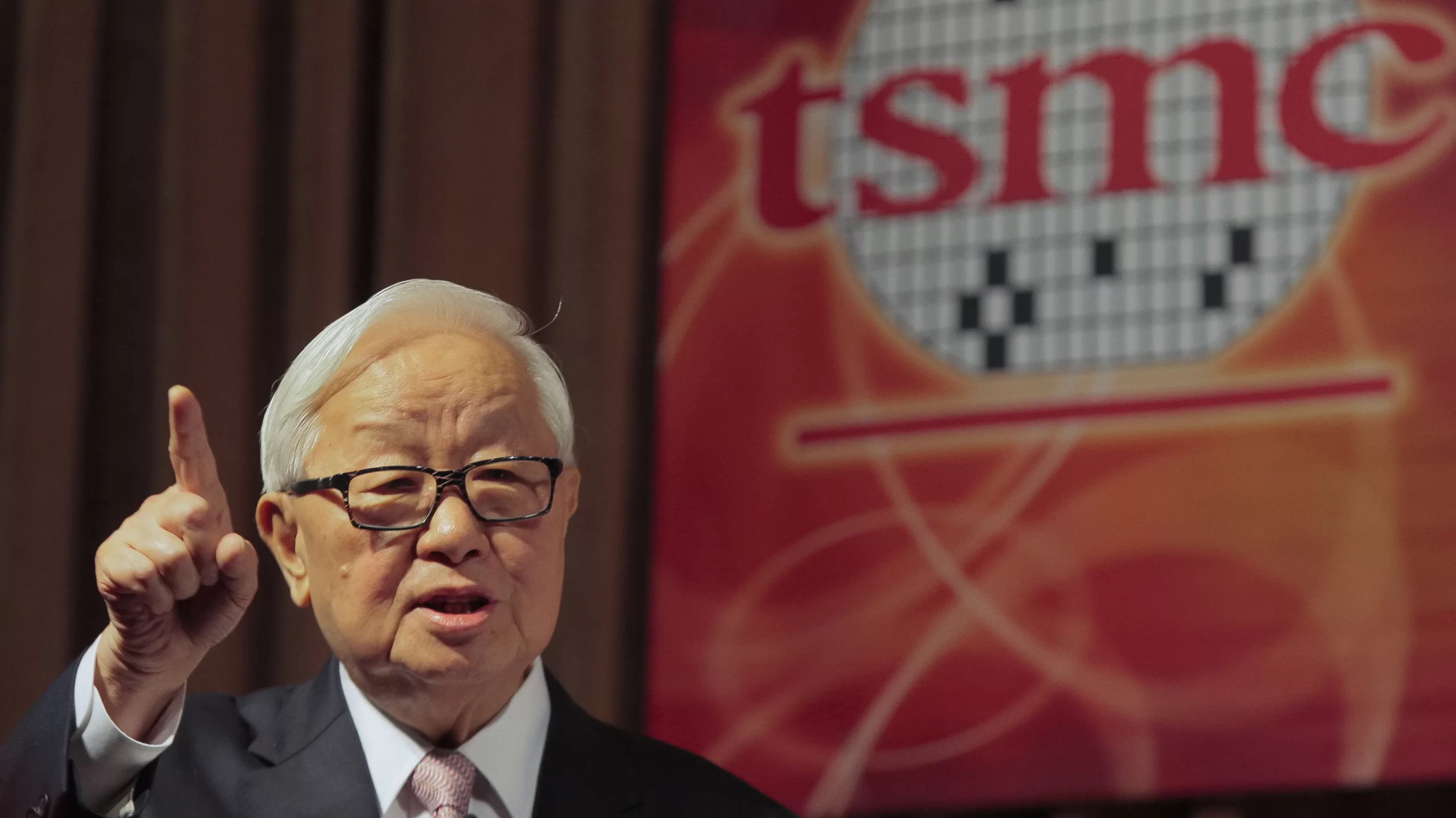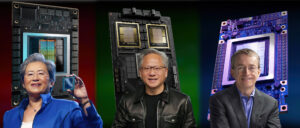Introduction:
The semiconductor industry stands at the forefront of technological innovation, powering everything from smartphones and laptops to advanced artificial intelligence systems and self-driving cars. As the demand for faster, smaller, and more efficient chips continues to soar, industry giants such as 4 Intel, Nvidia, AMD, and TSMC semiconductor industry CEO are shaping the future landscape with their groundbreaking advancements.
In a series of talks, the CEOs of these leading semiconductor companies delve into their visions for the future, discussing emerging trends, challenges, and opportunities that lie ahead in this dynamic and ever-evolving industry.
Follow us on LinkedIn for everything around Semiconductors & AI
1. Jensen Huang, Nvidia
In a recent View From The Top interview, Shantam Jain, MBA ’24, engages in a conversation with Jensen Huang, the Founder and CEO of NVIDIA.
Highlighted segments from the interview include:
- In the realm of reputation, having a commendable past is imperative, as one cannot escape their history. While one can experience good or bad interviews, the significance lies in maintaining a stellar track record. During my first job at Denny’s, I excelled as the best dishwasher they had ever seen.”
- On Early Days: “For NVIDIA’s success, we relied on the success of another startup—EA. Interestingly, EA’s Chief Technology Officer was just 14 years old . It is needed to be chauffeured to work by his mother. That’s the level of reliance we had.”
- On Markets: “If someone else is capable of doing a task, it’s best to let them handle it. Our focus was on tasks where our unique contribution was indispensable.”
- On Core Beliefs: “My reaction during the period when NVIDIA lost 80% of its market value in the financial crisis is reminiscent of my reaction this week when NVIDIA reached $2 trillion in market value, becoming the third most valuable company on Wall Street.”
- On Unique Organizational Design: “To design the most effective organizational structure, one must revisit first principles. As a CEO, my responsibility is to architect a company that empowers employees to pursue their life’s work.”
Read More:What is ChipIN : C-DAC’s Secret Weapon to Train over 85,000 Chip Designers in India – techovedas
2. Lisa Su, CEO, AMD
Lisa Su, Chair and CEO of AMD, shares her journey into hardware and semiconductors, highlighting her fascination with building chips and seeing how they work. She discusses the importance of practical experiences in understanding low-level system components and the joy of building and touching technology.
Highlights
🤩 Lisa Su’s passion for hardware and semiconductors
🏭 Building chips and understanding their inner workings
🎓 The value of practical experiences in engineering education
💡 The joy of building and touching technology
💪 Importance of both hardware and software in computing
🌟 Lisa Su’s transformational leadership at AMD
🌐 Collaboration between Microsoft and AMD for advancing technology
Read More:Deepsouth Awakens: The Human Brain-Scale Supercomputer Coming in 2024 – techovedas
3. Pat Gelsinger, Intel CEO
Intel CEO Pat Gelsinger discusses the future of semiconductor manufacturing and Intel’s role in the industry.
Gelsinger started at Intel in 1979 and has held various leadership positions in the company.
He is focused on expanding semiconductor manufacturing in the US and revitalizing the industry in America.
Intel is committed to staying on the path of Moore’s Law and aims to achieve a trillion transistors by the end of the decade.
Gelsinger emphasizes Intel’s commitment to environmental sustainability, with a focus on green energy and water recycling.
He believes that innovation and manufacturing prowess go hand in hand and that a resilient and balanced supply chain is crucial for the industry’s future.
Intel is driving the Chips Act to build fabs in strategic locations, reducing dependence on a single region and ensuring geopolitical stability.
Gelsinger highlights the importance of semiconductors in our digital future and the need for volume manufacturing to meet the demands of the industry.
Read More: US Urges Japan and Netherlands to Tighten Restrictions on China’s Semiconductor Access – techovedas
4. Morris Chang, Founder, TSMC
Morris Chang, founder of Taiwan Semiconductor Manufacturing Company (TSMC), gave a talk at MIT about his journey in the semiconductor industry. He discussed the pervasiveness of chips in various industries and highlighted key moments in the history of chips, such as the invention of the transistor and integrated circuit. He also talked about TSMC’s success in the foundry business model and Taiwan’s advantages in chip manufacturing.
Highlights
📊 Chips are now pervasive in industries like national defense, commerce, and daily life, with nearly every person using chip products.
🧪 Key moments in chip history include the invention of the transistor, integrated circuit, and the prediction of Moore’s Law.
🏭 TSMC revolutionized the semiconductor industry by focusing on manufacturing and investing heavily in research and development.
💪 Taiwan has advantages in chip manufacturing, such as a skilled workforce and a strong supply chain.
Conclusion:
From Intel’s focus on advancing Moore’s Law to Nvidia’s pioneering efforts in AI and AMD’s commitment to high-performance computing, and TSMC’s manufacturing prowess, each CEO provides valuable insights into their company’s strategies and the broader trajectory of the semiconductor industry. As technology continues to reshape our world, these discussions serve as a testament to the vital role played by Intel, Nvidia, AMD TSMC semiconductor industry in driving innovation and powering the digital revolution of tomorrow.



